Nebraska may not be known for its diamonds, but there are hidden gems waiting to be found. From well-known spots like the Kimberlite Pipe in the Nebraska Sandhills to the more remote Pine Ridge area, these places have been linked to rare diamond discoveries.
For those willing to explore, areas like Box Butte County and Chadron offer some of the best chances to find diamonds and other precious stones. Nebraska’s unique geology makes it a thrilling place for anyone looking to unearth something special.
How Diamond Forms Here
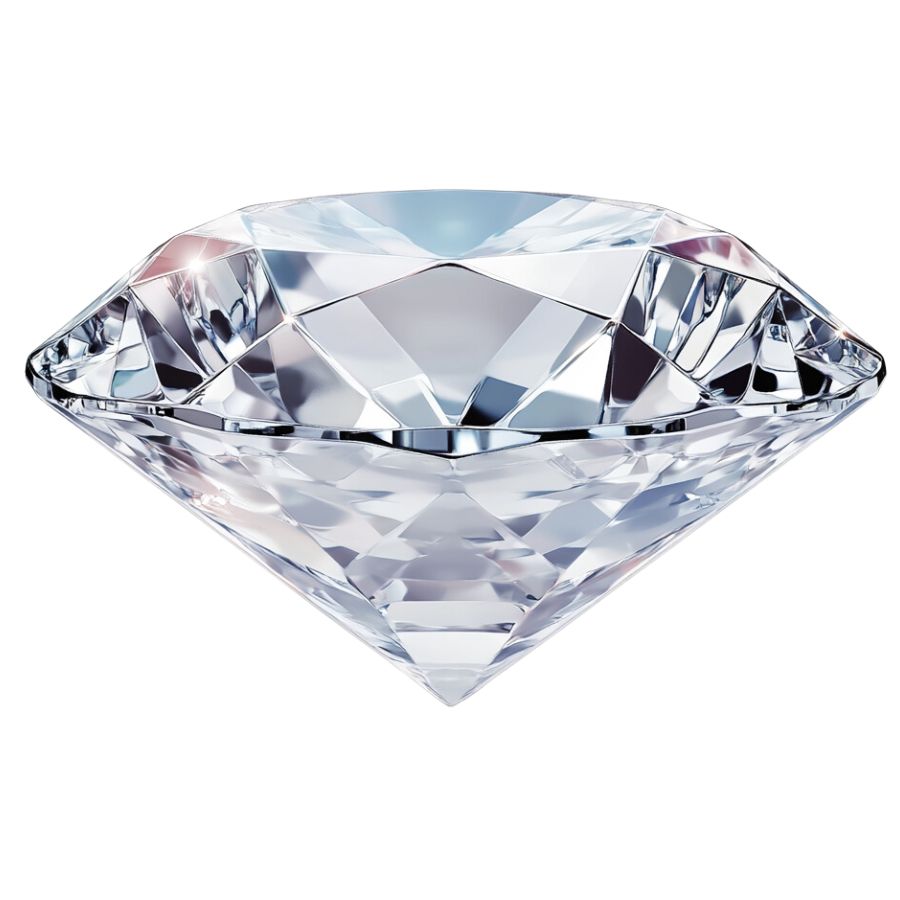
Diamonds form deep within the Earth, about 90 to 200 kilometers below the surface, where conditions are extreme.
Here, carbon atoms are subjected to intense heat—around 900 to 1,300 degrees Celsius—and immense pressure, about 45 to 60 kilobars. This environment causes the carbon to crystallize into diamond structures over millions to billions of years.
Over time, erosion and weathering expose these stones, making them accessible for mining.
What’s amazing is that each diamond’s journey from deep within the Earth makes it unique, with its own shape, size, and clarity.
The Types of Diamond
Diamonds are classified into various types based on their structure and color. Here are some of the popular types of diamond:
Black Diamond
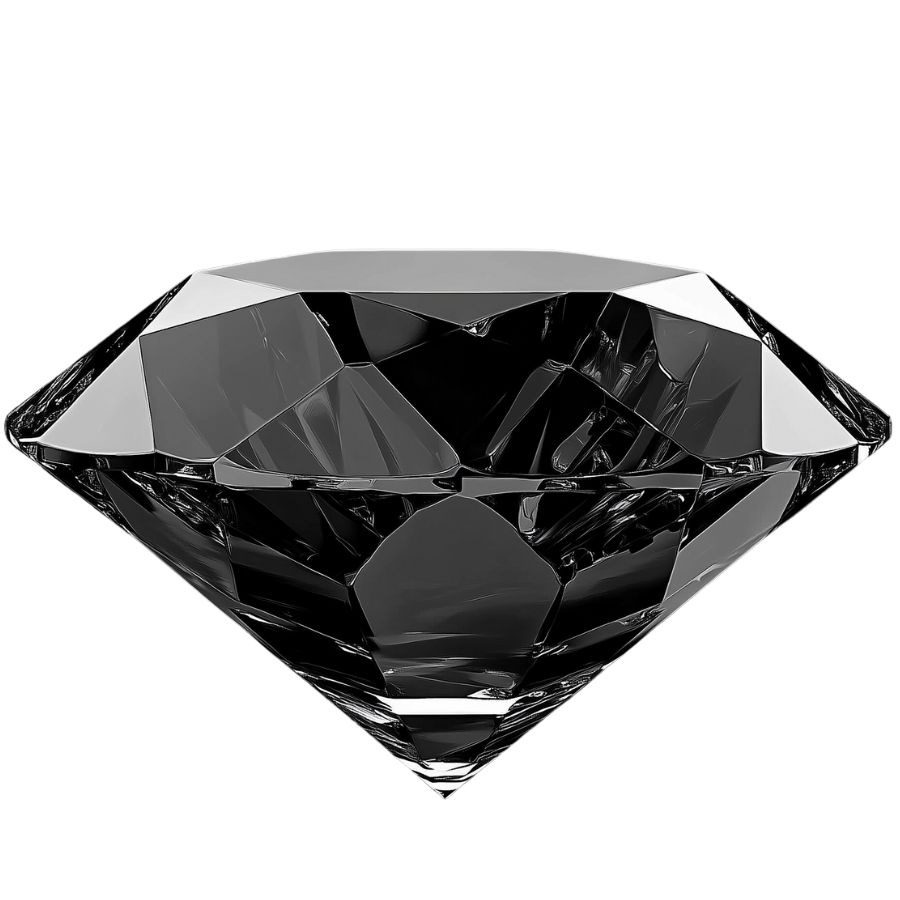
Black diamonds, also known as carbonados, are truly one-of-a-kind. Unlike their clear cousins, these stones are opaque and have a matte finish.
They don’t sparkle in the traditional sense but have a unique, mysterious charm all their own.
What makes black diamonds special is their age and formation. Most are believed to be 2.6 to 3.2 billion years old, making them some of the oldest gemstones on Earth.
Their dark color comes from numerous inclusions and the presence of graphite or other minerals.
Recently, a massive black diamond called “The Enigma” made headlines. Weighing 555.55 carats, it showcases the growing interest in these unusual stones.
Yellow Diamond
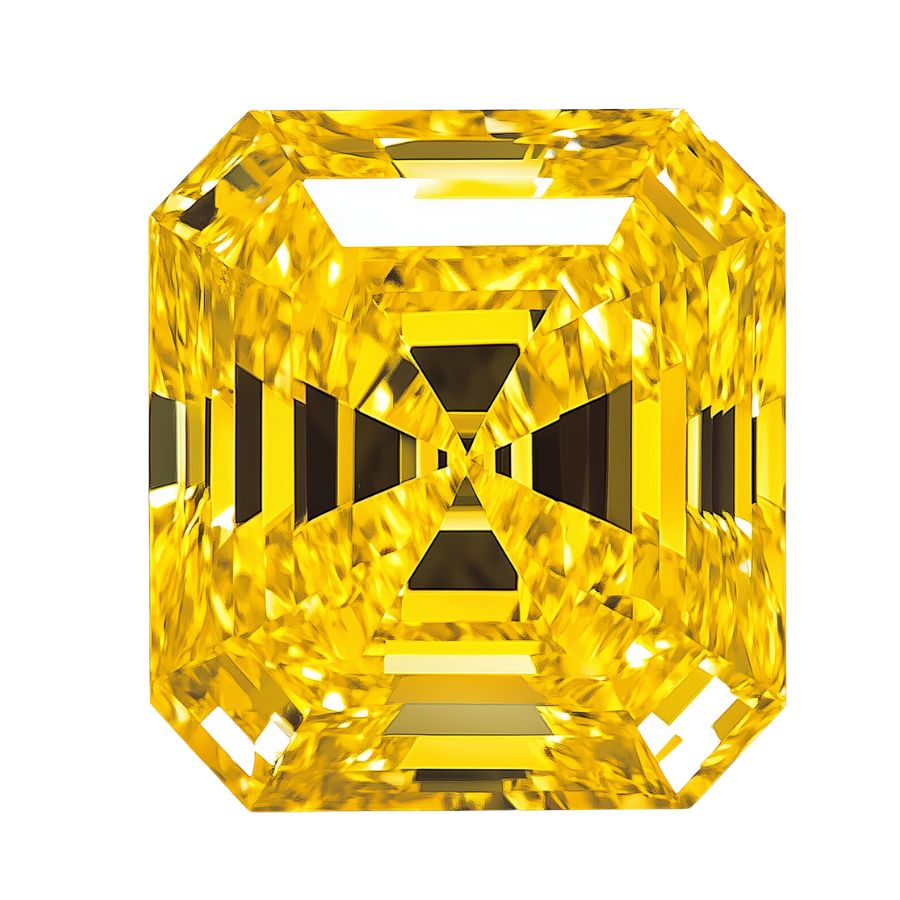
Yellow diamonds shine with a vibrant, sunny hue. Their color ranges from light yellow to deep, intense shades.
This beautiful color comes from nitrogen atoms in the diamond’s structure. These atoms absorb blue light and reflect yellow, giving the stone its unique appearance.
Unlike clear diamonds, yellow diamonds are graded based on their color intensity. The deeper and richer the yellow, the more valuable the stone. This grading system is different from the one used for colorless diamonds.
Blue Diamond
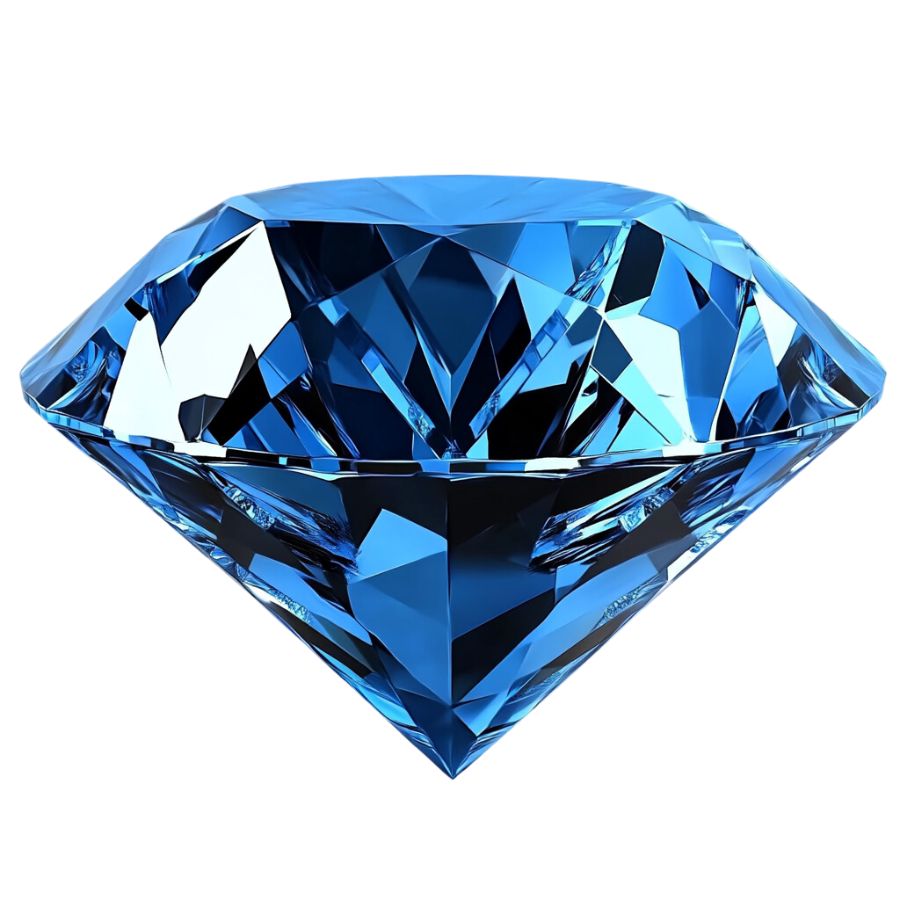
The color of the blue diamond can range from a soft, icy blue to a deep, vivid shade. This striking blue comes from boron in the diamond’s crystal structure. It’s a rare occurrence in nature, making these diamonds very uncommon.
One cool thing about blue diamonds is how they react to ultraviolet light. Many of them show a unique glow called fluorescence. This can make their color even more impressive under certain lighting.
Blue diamonds have some famous examples. The Hope Diamond is probably the most well-known. It’s known for being the largest diamond weighing 45.52 carats. It’s current value is estimated to be US$200–350 million.
Red Diamond
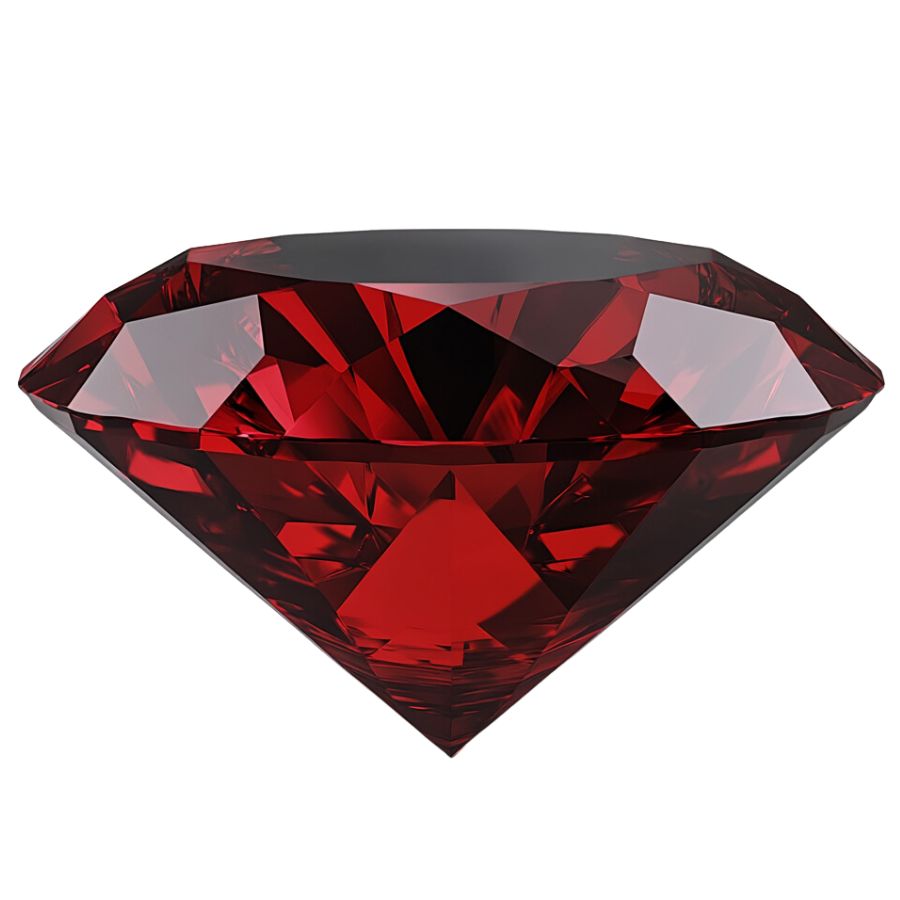
Red diamonds are incredibly rare and highly prized. Their distinct red color comes from structural imperfections in the diamond’s crystal lattice, not from chemical impurities like other colored diamonds.
These diamonds are so rare that very few have ever been found. Each discovery of a red diamond is a significant event in the gemstone world.
Their rarity makes them even more valuable than pink or blue diamonds, which are already considered extremely precious.
Some famous red diamonds have captured public attention. The Moussaieff Red from Brazil and the Kazanjian Red Diamond from South Africa are notable examples.
In 1987, a red diamond (Hancock Diamond) sold at auction for a record-setting $927,000, highlighting the extraordinary value placed on these rare gems.
Pink Diamond
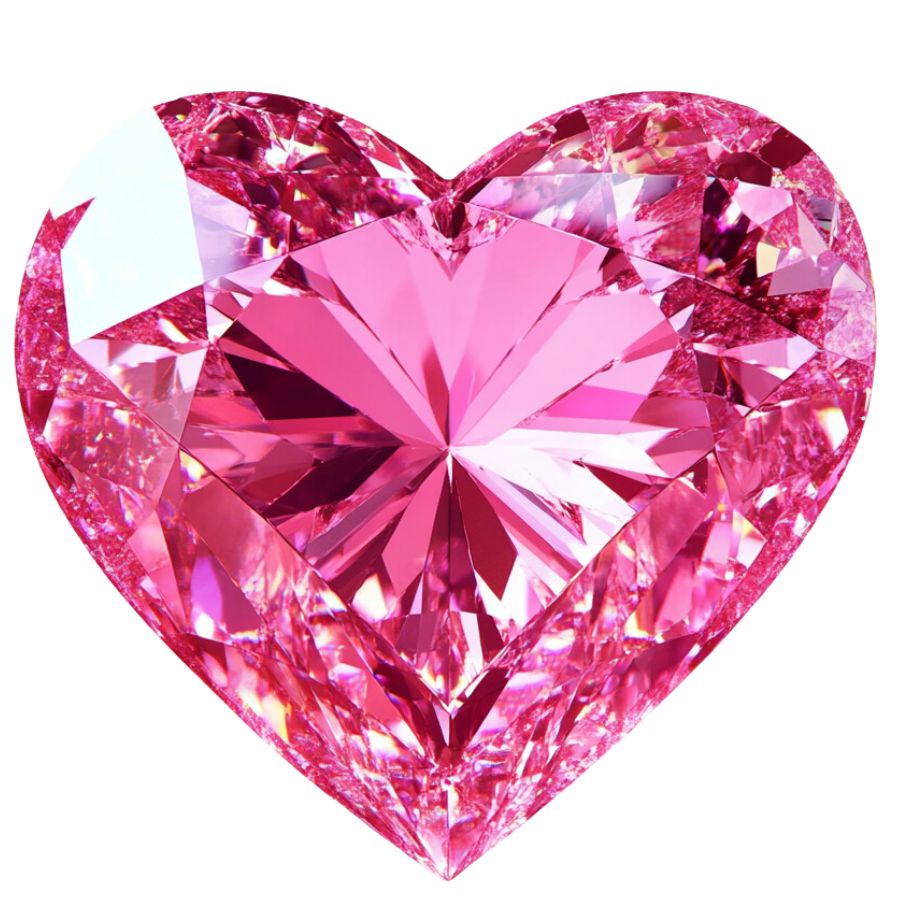
Pink diamond’s color can be a soft, delicate pink or a deep, vivid rose. What’s interesting is that scientists aren’t entirely sure why they’re pink. It’s thought to be due to a twist in their crystal structure, not because of any specific element.
These diamonds are incredibly scarce. For every million carats of rough diamonds mined, only one carat might be a pink diamond. This rarity makes them highly prized by collectors and jewelers.
Even small pink diamonds can be worth a lot because of their rarity. They’re often used in high-end jewelry, where their unique color makes a big impact.
Green Diamond
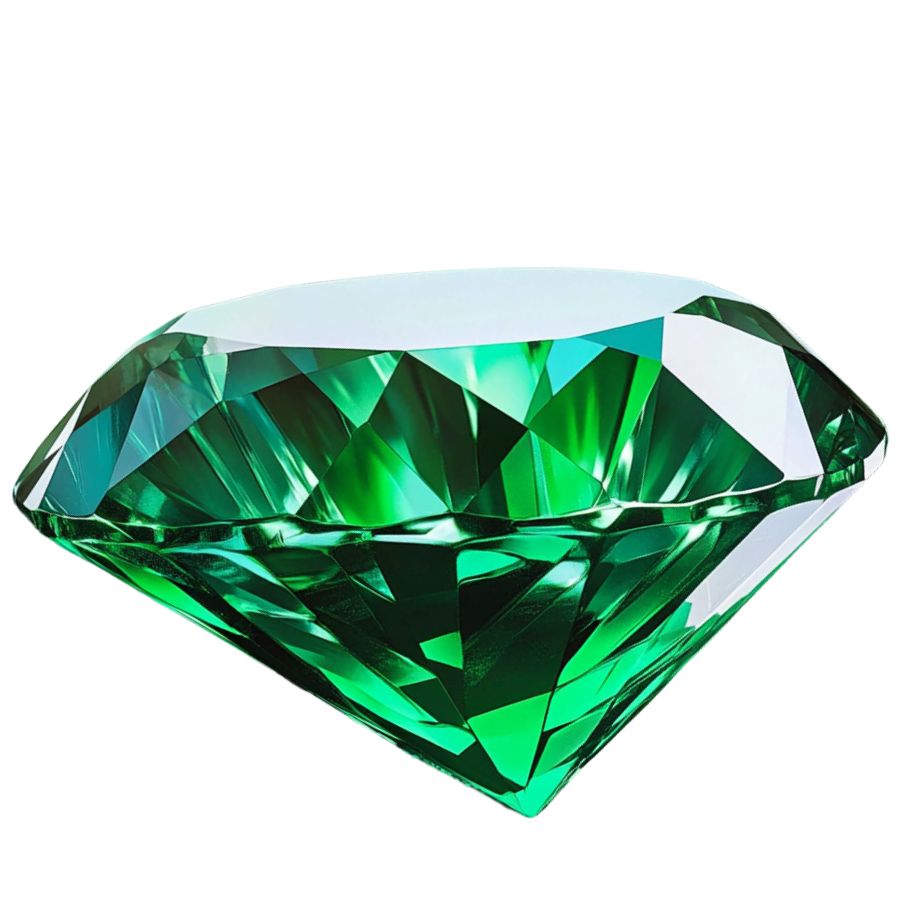
Green diamonds are some of the most unusual and unique colored diamonds. Their color can range from a light mint to a deep forest green
What makes them special is how they get their color. It’s not from a chemical element, but from exposure to natural radiation over millions of years.
This natural coloring process is incredible. It happens when diamonds are near radioactive rocks deep in the earth. The radiation changes the diamond’s crystal structure, creating the green color.
Green diamonds often show unique light effects. Some might have a strong glow under certain lights, adding to their allure.
What Rough Diamonds Look Like
Rough diamonds can be challenging to identify. Below are a few proven techniques that will make it easier for you to identify the rough diamond.
But real quick before we get into the specifics:
DON'T MISS OUT ON ANY GREAT FINDS!
While you're out searching for Diamonds you're going to find a lot of other interesting rocks and minerals along the way. The last thing you want to do is toss out something really interesting or valuable. It can be easy to misidentify things without a little guidance.
We've put together a fantastic field guide that makes identifying 140 of the most interesting and valuable rocks and minerals you will find REALLY EASY. It's simple to use, really durable, and will allow you to identify just about any rock and mineral you come across. Make sure you bring it along on your hunt!
Check for a Glassy or Waxy Luster
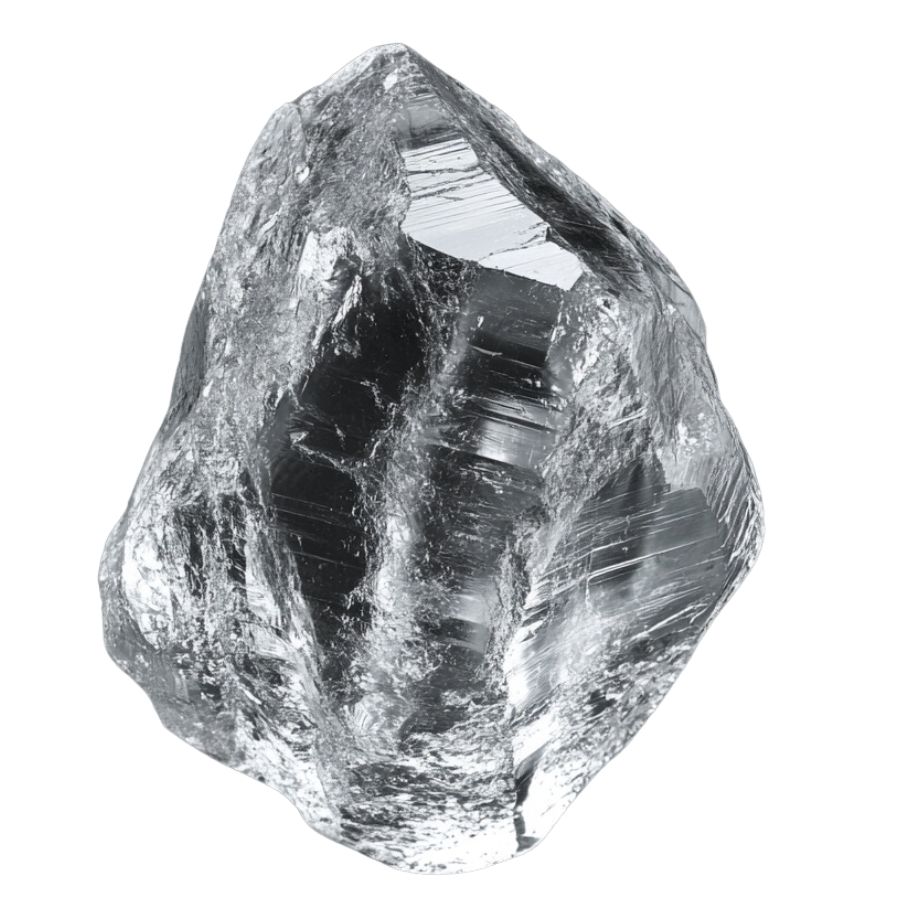
One of the most noticeable features of a rough diamond is its luster. Uncut diamonds often have a glassy or waxy appearance.
This is because the rough surface scatters light differently than a smooth, cut surface.
Look for an Octahedral Shape
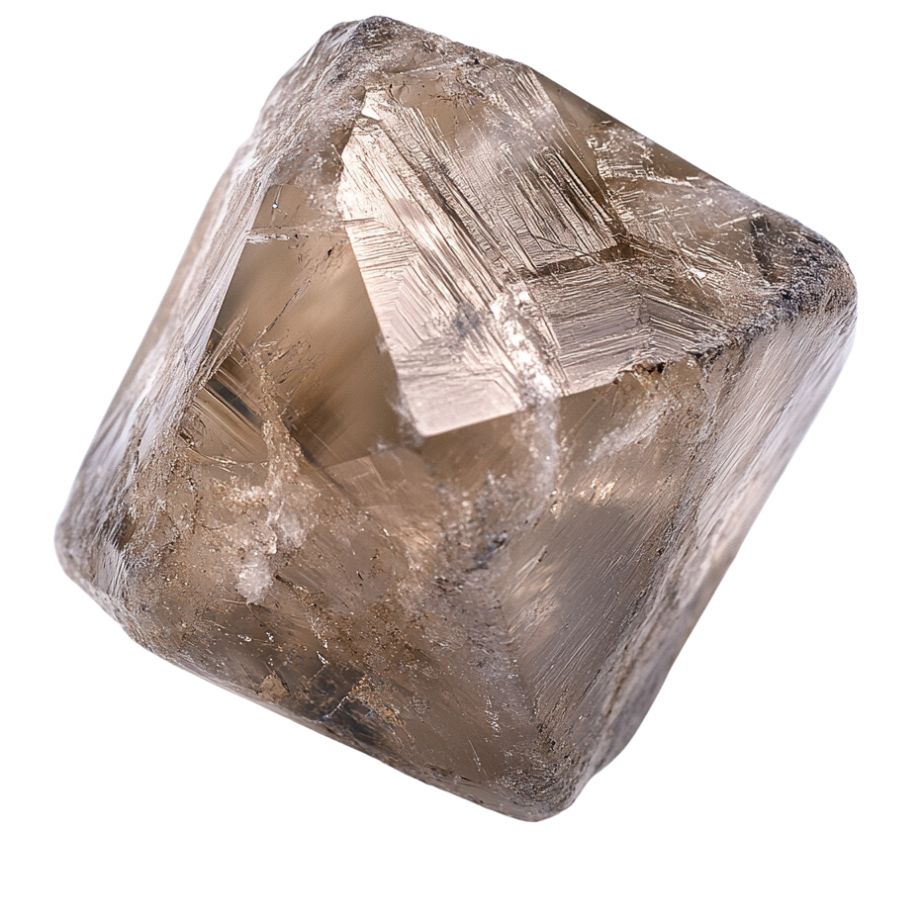
Rough diamonds typically take on an octahedral shape, which resembles two pyramids joined at the base. This shape is a result of the diamond’s cubic crystal structure.
However, not all rough diamonds will have a perfect octahedral form, as they can be distorted or irregular due to natural forces during formation.
Assess the Density and Weight
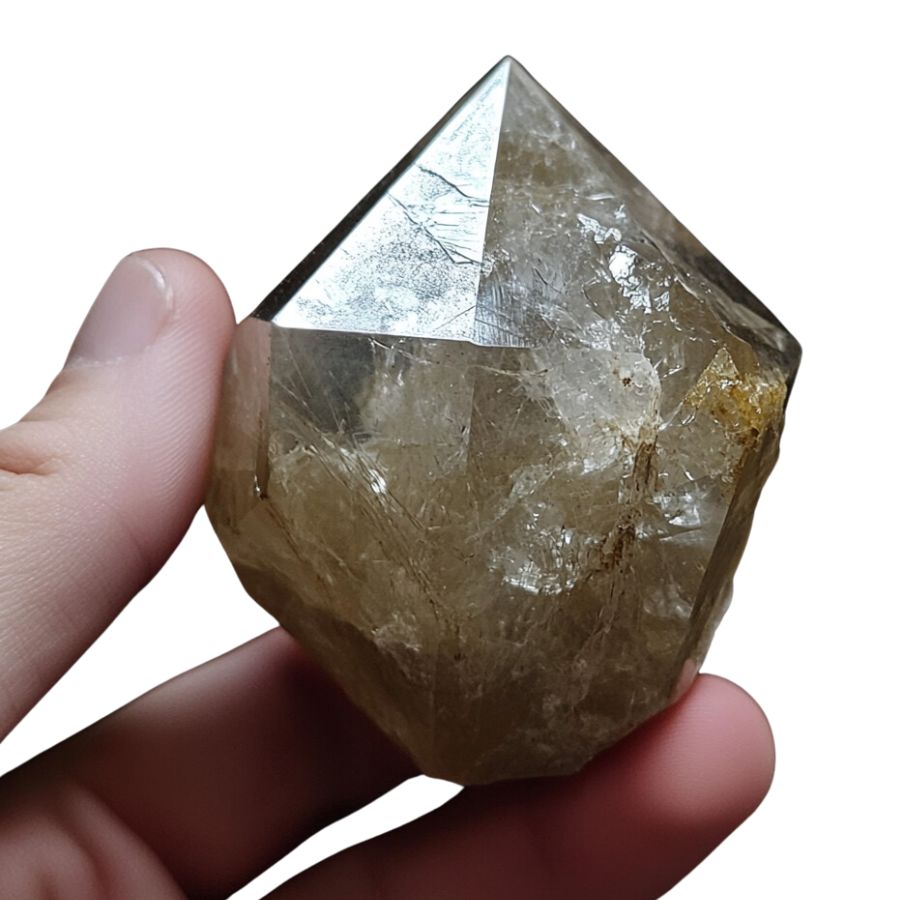
Diamonds are known for their density and weight. A rough diamond will feel heavy for its size compared to other stones.
You can test this by holding the stone in your hand and comparing it to a known non-diamond.
Look for a Crystalline Texture
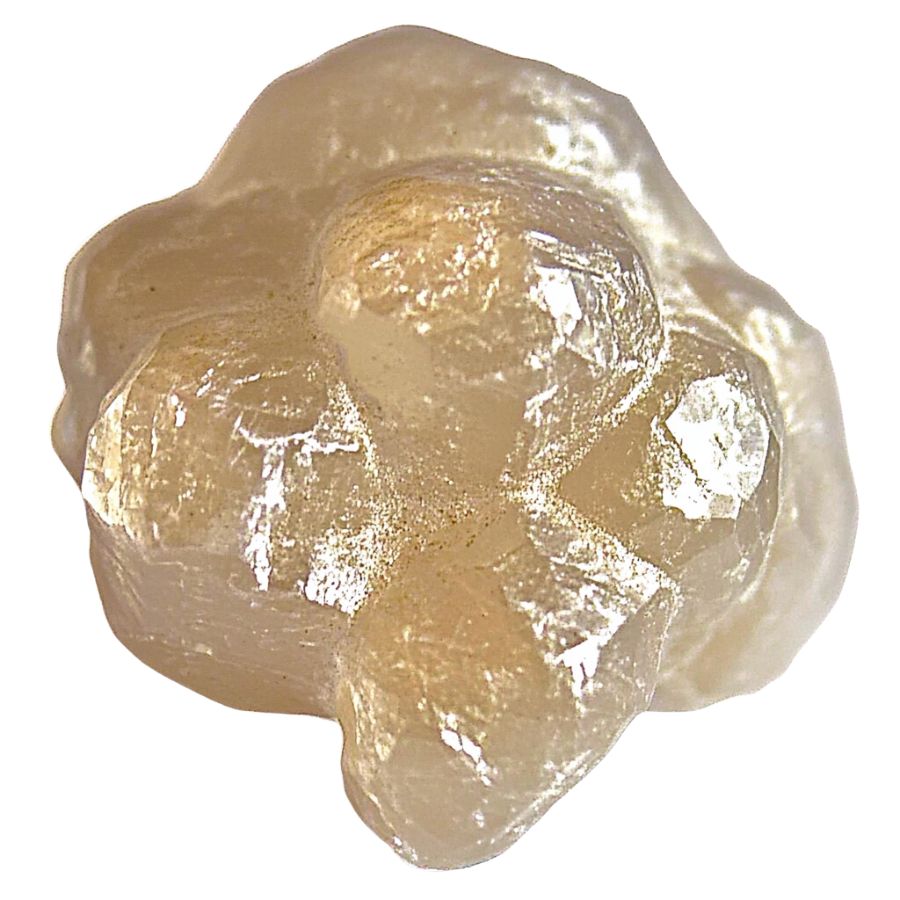
When examining a rough diamond, you may notice a distinct crystalline texture on its surface.
This is due to the diamond’s atomic structure and can help distinguish it from other minerals or synthetic stones.
A Quick Request About Collecting
Always Confirm Access and Collection Rules!
Before heading out to any of the locations on our list you need to confirm access requirements and collection rules for both public and private locations directly with the location. We haven’t personally verified every location and the access requirements and collection rules often change without notice.
Many of the locations we mention will not allow collecting but are still great places for those who love to find beautiful rocks and minerals in the wild without keeping them. We also can’t guarantee you will find anything in these locations since they are constantly changing.
Always get updated information directly from the source ahead of time to ensure responsible rockhounding. If you want even more current options it’s always a good idea to contact local rock and mineral clubs and groups
Tips on where to look
Once you get to the places we have listed below there are some things you should keep in mind when you’re searching:
Look in Sedimentary Rocks
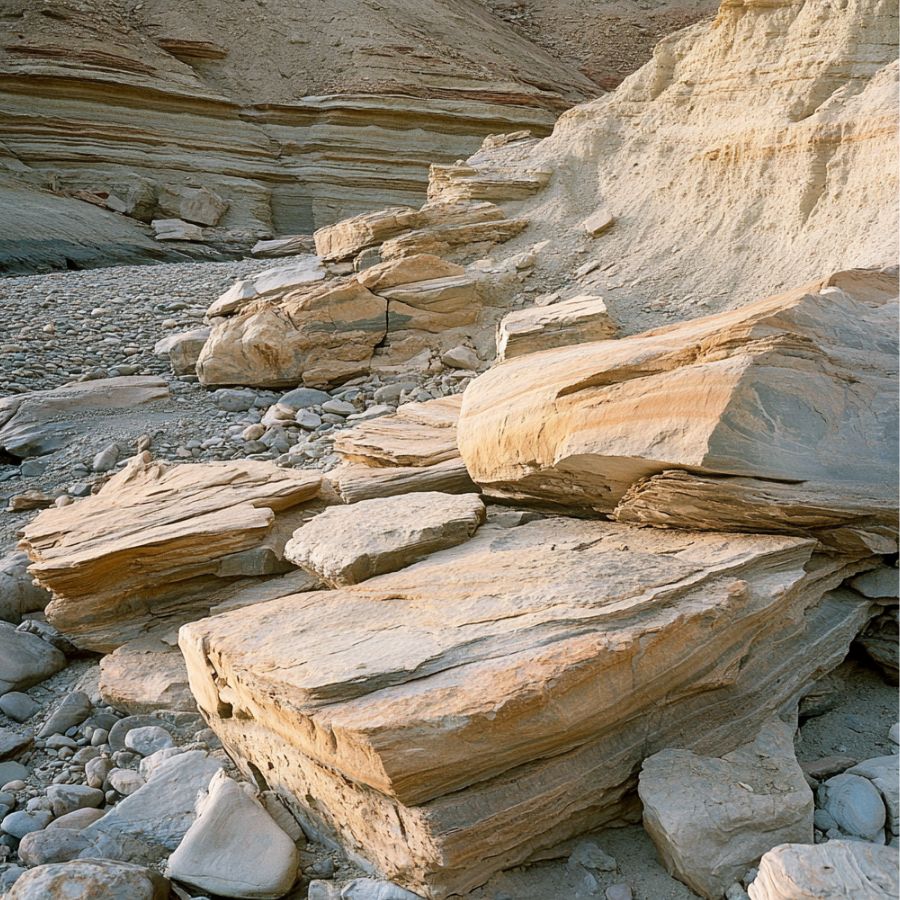
Sedimentary rocks are a great place to start. These rocks form from layers of materials that have settled over time.
Diamonds can be found in these layers. Look for areas where the rock has been worn down or eroded. This is where diamonds might be exposed.
Explore Riverbeds
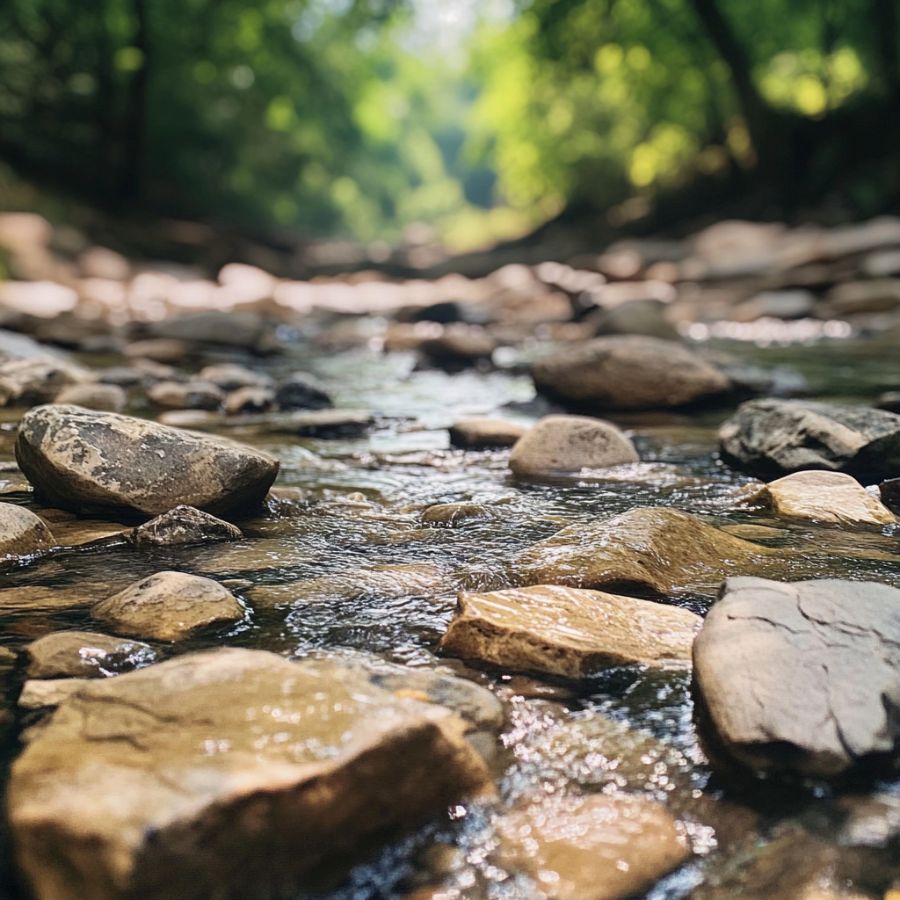
Rivers are another excellent spot. Over time, water carries diamonds downstream. Look for gravel beds in rivers. These spots can hold diamonds that have been washed away from their original location.
Pay attention to bends in the river. These areas often collect heavier materials, including diamonds.
Check Old Mining Sites
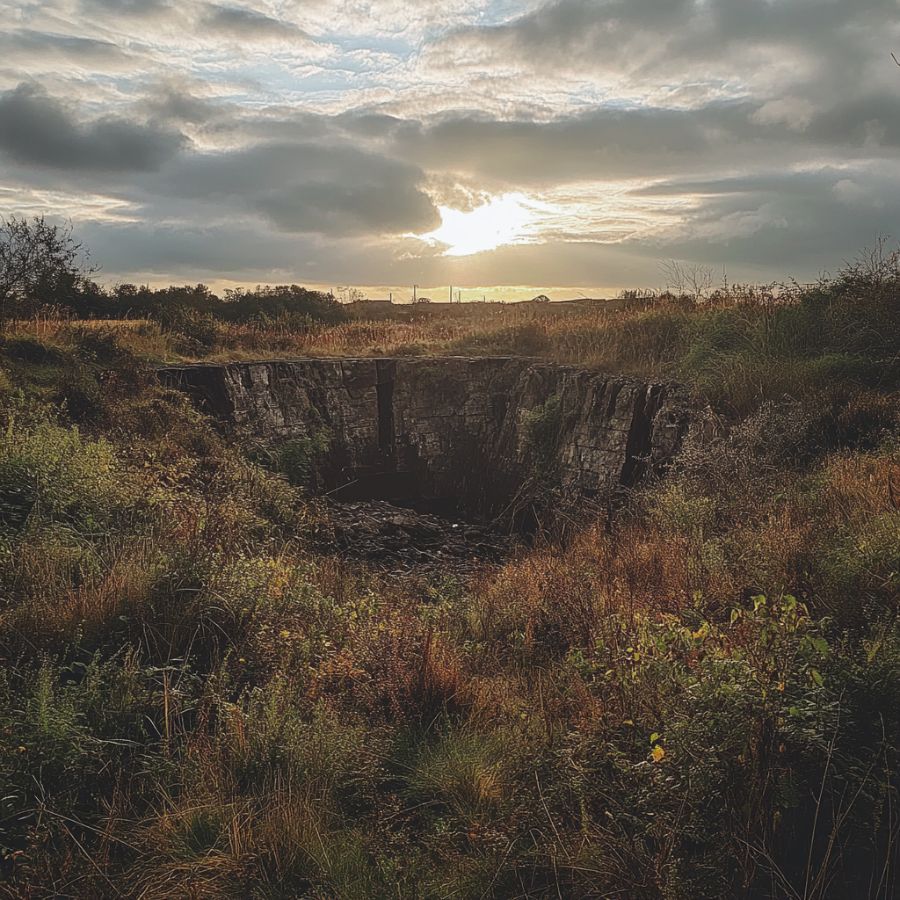
Old mining sites are worth exploring. Many diamonds were left behind during past mining activities.
Look for areas where mining was done in the past. Even if the site is no longer active, it can still be a good place to find hidden gems.
Investigate Hillsides
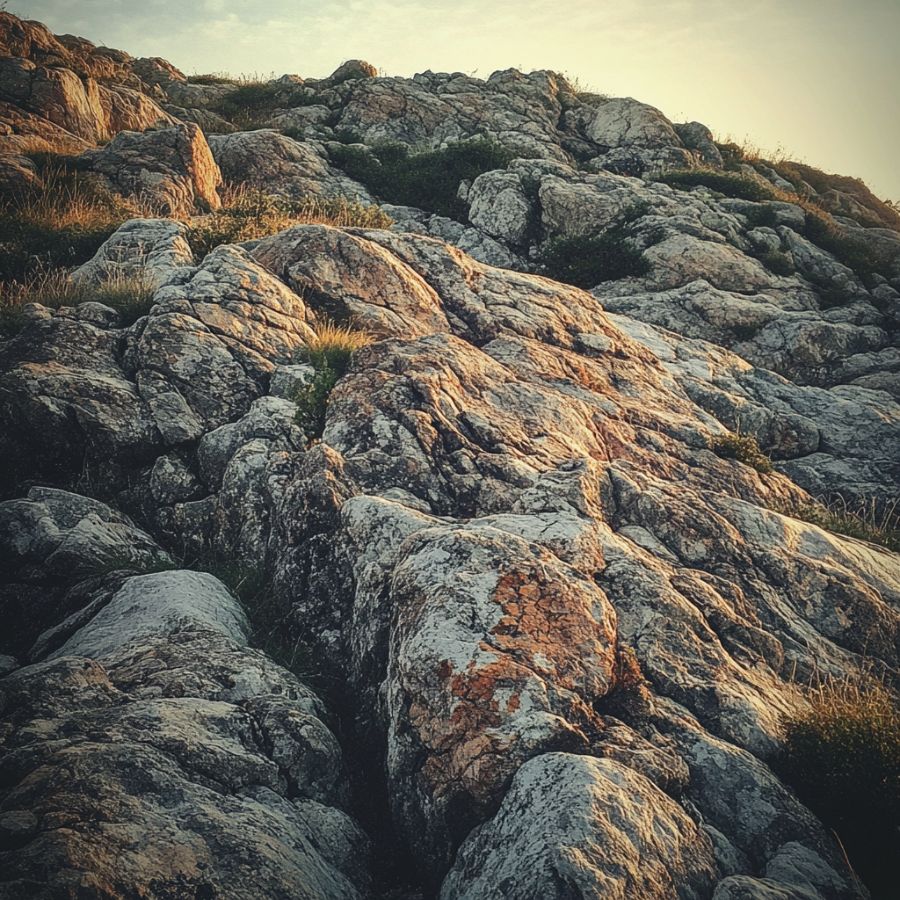
Hillsides can also be promising. Erosion can expose diamond-bearing rocks. Look for loose soil or rock on slopes.
These areas may reveal diamonds that have been pushed to the surface over time.
The types of Diamond you can find around the state
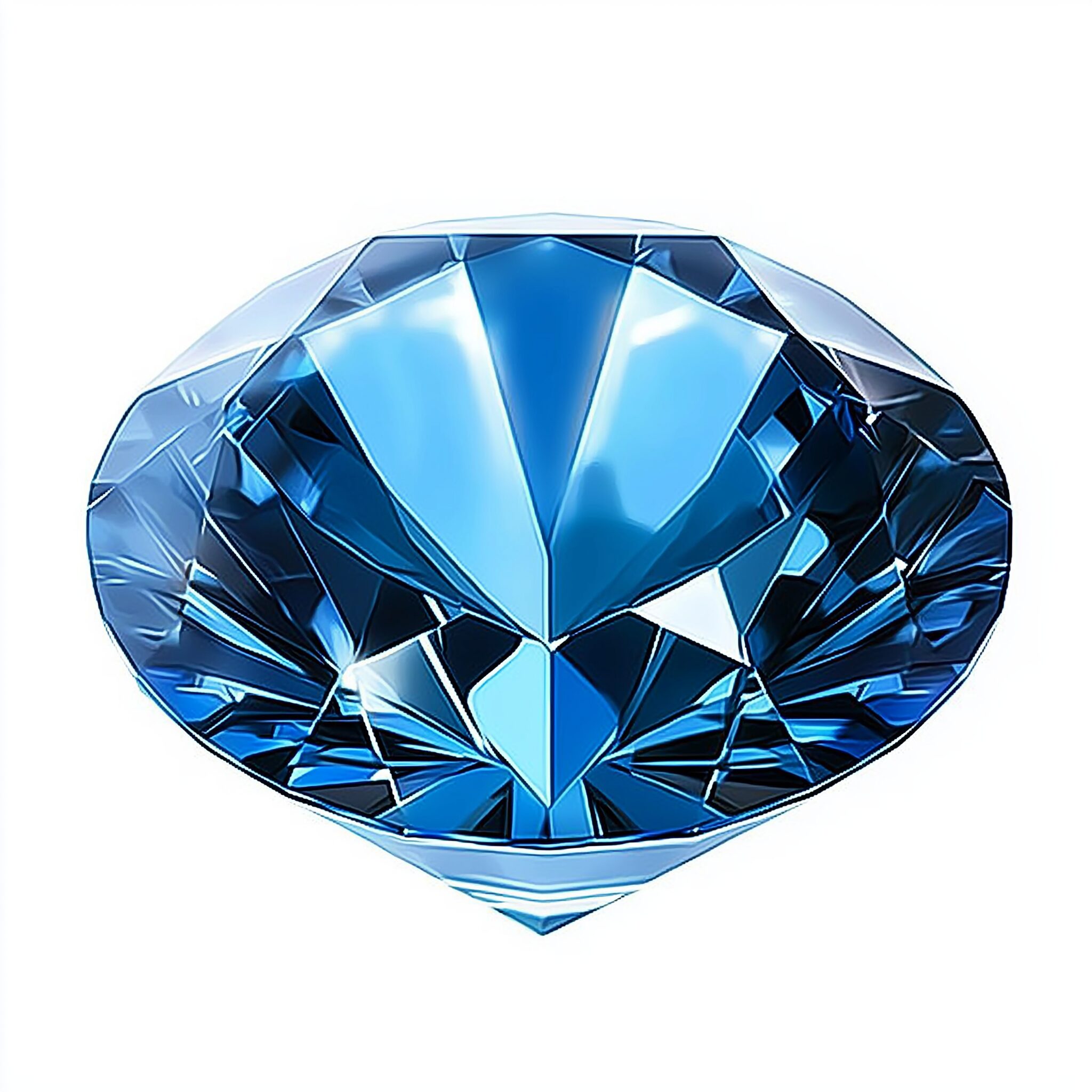
Diamonds in Nebraska are rare, but when they are found, they are often unique. Black diamonds, or carbonados, are the most common, known for their dark, matte appearance due to mineral inclusions. Yellow diamonds have also been reported but are much less frequent.
Nebraska’s geology makes it possible to find a variety of diamonds, with occasional discoveries of blue diamonds. These rare stones owe their color to boron and are highly valued by gem hunters seeking something special.
Some Great Places To Start
Here are some of the better places in the state to start looking:
Chadron
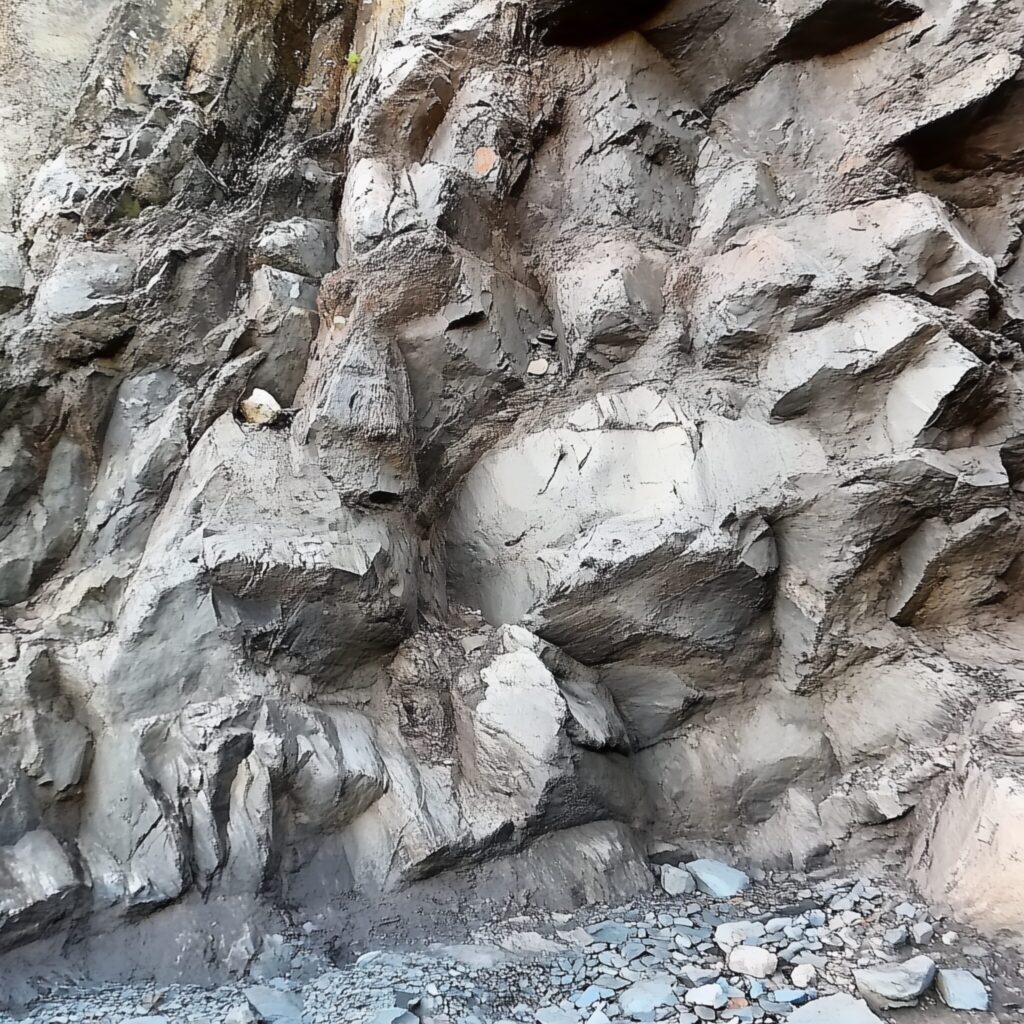
Chadron in Nebraska’s Pine Ridge region, is a hotspot for finding diamonds. The area’s geological features, like kimberlite pipes, make it a great place for diamond hunters and gem enthusiasts.
For the best chance of finding diamonds, focus on creek beds and exposed rock layers. Bring along tools like a shovel and sifting screens to help find any hidden gems washed down from the hills.
White River
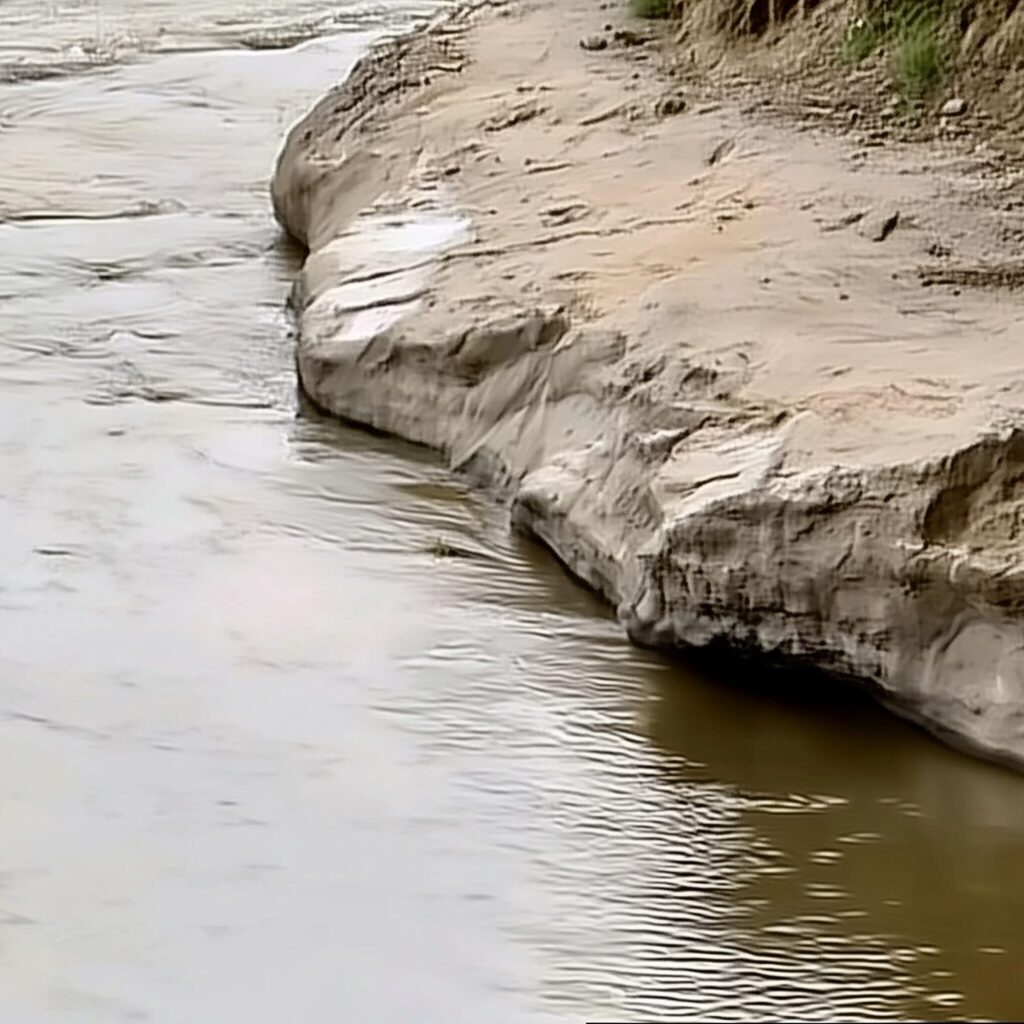
White River in Nebraska’s northwestern region, offers a promising spot for diamond hunters. The area’s mineral-rich soil and creek beds may carry diamonds downstream, especially where erosion has exposed older rock layers.
To increase the chances of finding diamonds, focus on gravel bars and sediment-heavy areas. These spots are where diamonds may be hidden, so sift through the riverbeds for any hidden gems.
Happy Jack Peak and Chalk Mine
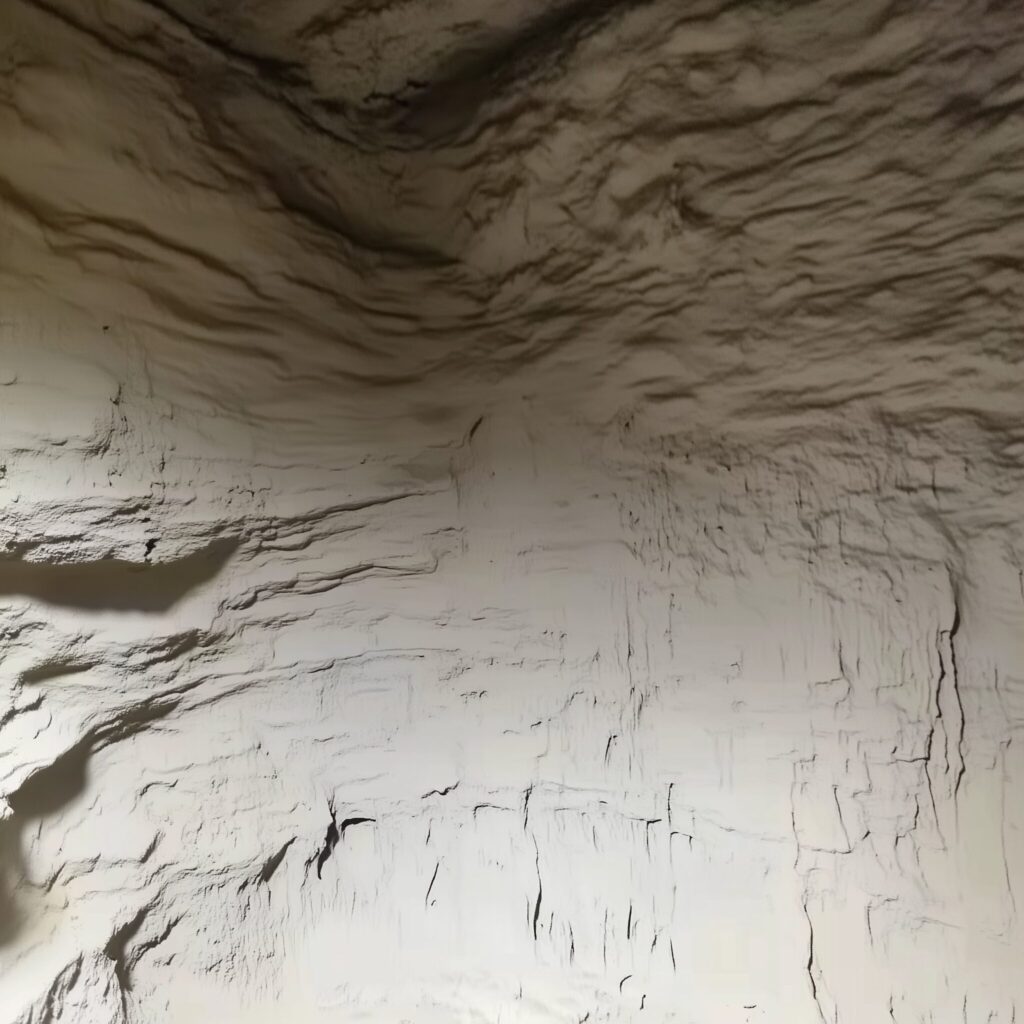
Happy Jack Peak and Chalk Mine are great spots for diamond hunting in Nebraska. With its exposed rock layers and rich mineral deposits, the area offers a good chance of finding diamonds.
Focus on areas with loose gravel and rocky outcrops where erosion has revealed older layers, as diamonds often hide among these materials. For better success, search around stream beds and creeks where water may have carried diamonds downstream.
Valentine
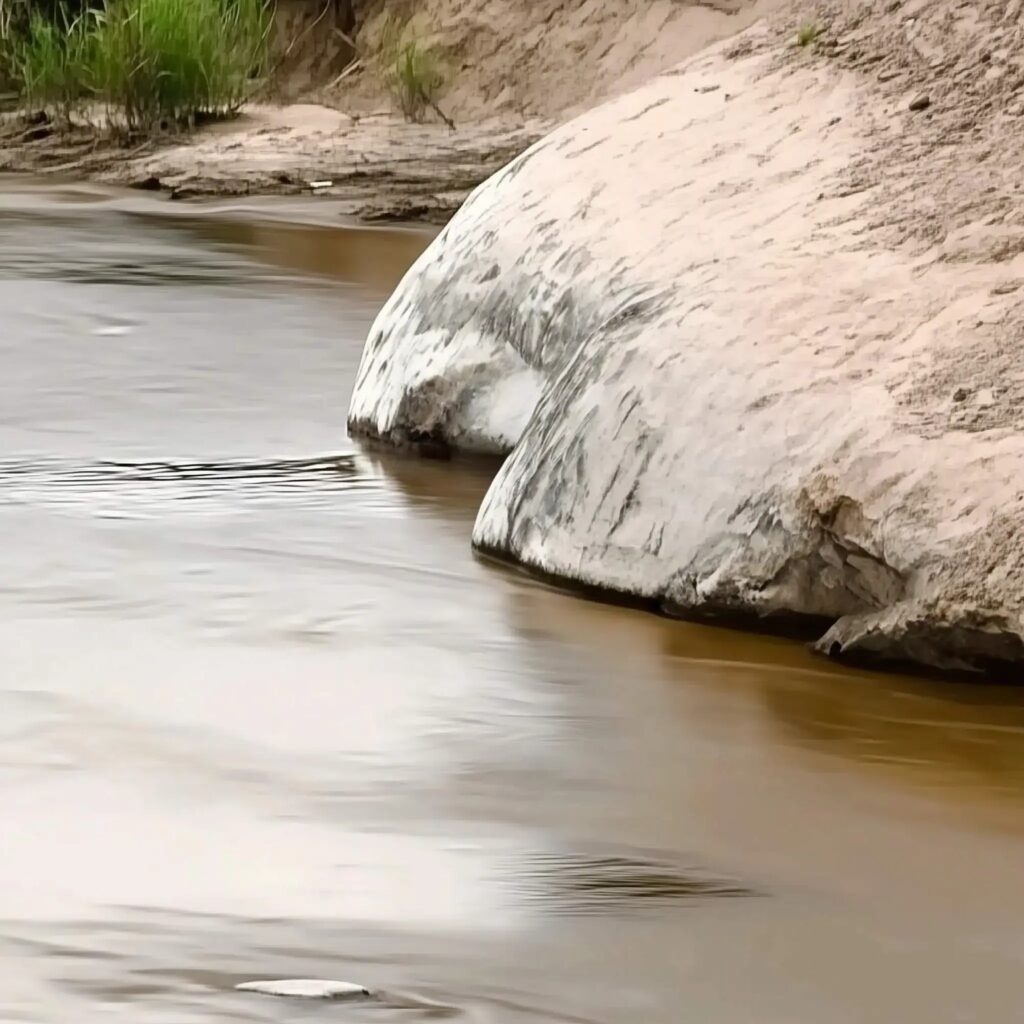
Valentine, Nebraska, is a great spot for diamond hunting because of its rich geological features. Areas with exposed rock layers, especially near creek beds by the Niobrara River, are promising places to explore for potential gems washed downstream.
For the best chance of finding diamonds, check gravel bars, stream banks, and eroded spots where older layers of minerals might be visible. Tools like shovels, sifting screens, and magnifying glasses will help sift through soil and rocks more effectively.
Crawford
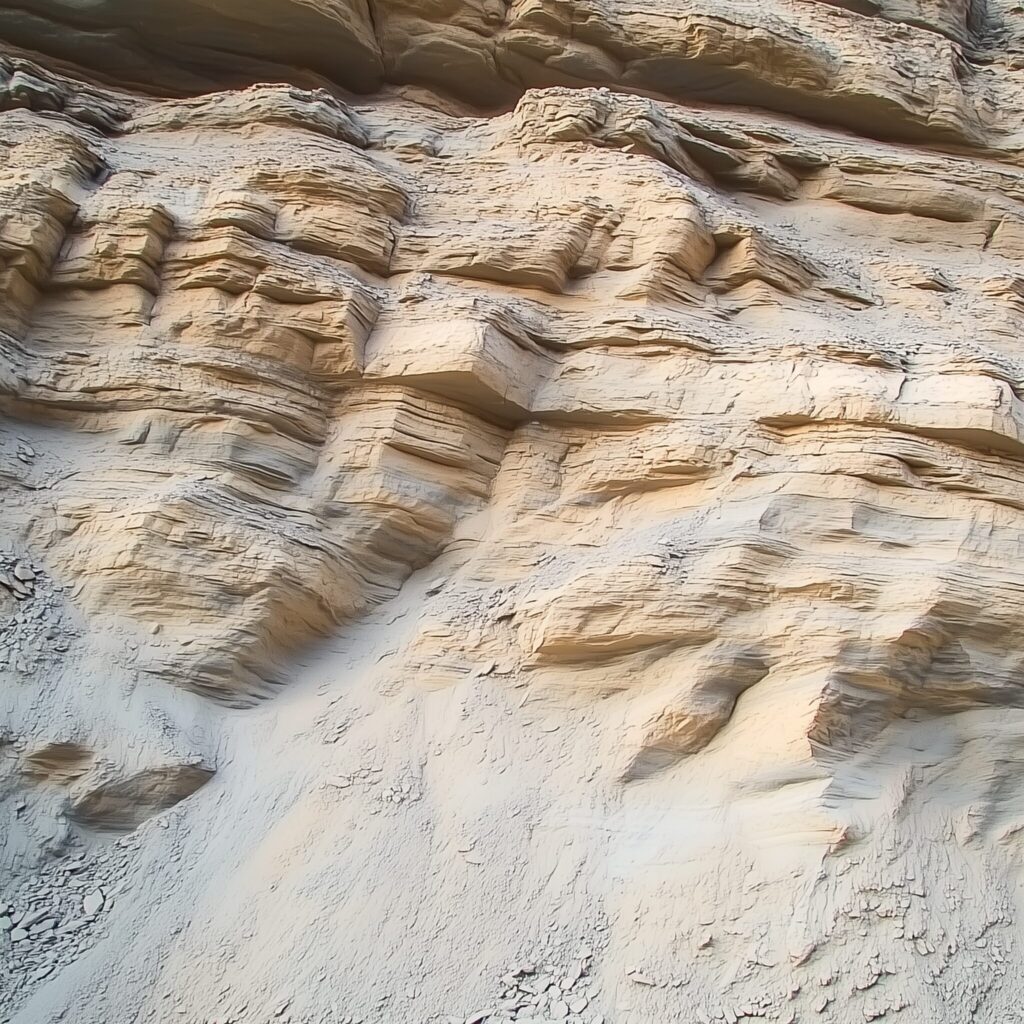
Crawford, Nebraska, offers a fantastic opportunity for diamond hunting due to its unique geological features and mineral-rich soil. Look near stream and riverbanks where erosion has carried materials from higher ground.
For the best chance at success, focus on gravel bars, areas rich in sediment, and spots where rocks and minerals are visible on the surface. Bring tools like shovels, and magnifying glasses to carefully examine the soil and rocks for hidden gems.
Always Confirm Access and Collection Rules!
Before heading out to any of the locations on our list you need to confirm access requirements and collection rules for both public and private locations directly with the location. We haven’t personally verified every location and the access requirements and collection rules often change without notice.
Many of the locations we mention will not allow collecting but are still great places for those who love to find beautiful rocks and minerals in the wild without keeping them. We also can’t guarantee you will find anything in these locations since they are constantly changing.
Always get updated information directly from the source ahead of time to ensure responsible rockhounding. If you want even more current options it’s always a good idea to contact local rock and mineral clubs and groups
Places Diamond has been found by county
| County | Location |
| Red Cloud | Republican River |
| Red Willow | McCook |
| Weeping Water | Weeping Water, NE |
| Gretna | Vala’s Pumpkin Patch |
| Scotia | Happy Jack Peak |
| Dawes | Chadron |
| Sioux | Sioux City |
| Harlan | Harlan |
| Jefferson | Fairbury |
| Gage | Beatrice |
| Custer | Broken Bow |
| Scotts Bluff | Scottsbluff |
| Box Butte | Hemingford |
| McPherson | Tryon |
| Gage | Beatrice |
| Custer | Broken Bow |
| Platte | Columbus |
| Platte | Sheldon |
| Cherry | Valentine |
| Hall | Grand Island |
| Adams | Hastings |
| Dawson | Lexington |
| Richardson | Falls City |
| Seward | Seward |
| Washington | Blair |
| Washington | Valley |
| Madison | Norfolk |
| Cass | Plattsmouth |
| Sarpy | Papillion |
| Lancaster | Lincoln City |
| Boone | Albion |
| Saline | Crete |
| Hamilton | Aurora |
| Frontier | Curtis |
| Deuel | Chappell |
| Saunders | Wahoo |
| Otoe | Nebraska City |
| Brown | Ainsworth |
| Holt | Atkinson |
| Polk | Osceola |
| Buffalo | Kearney |
| Howard | St. Paul |
| Knox | Center |


